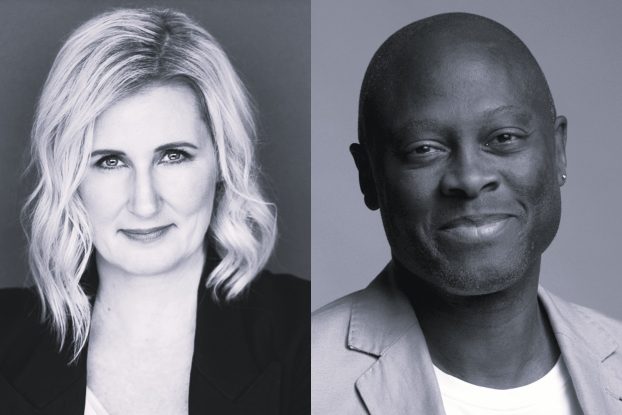Due to the timing of last year’s Supreme Court of Canada decision reversing a CRTC ban on simultaneous substitution during the Super Bowl, Canadian brands didn’t have a lot of time to develop their own strategies around Sunday’s broadcast.
“There weren’t many who had a Super Bowl strategy, I don’t think, because [marketers and advertisers] all thought it would be American ads during the Super Bowl,” says Peter Ignazi, global CCO at Cossette.
However, looking ahead to next year’s Super Bowl, Ignazi says Canadian marketers and advertisers are “going to have some runway” in terms of crafting their strategies. Those in the Canadian marketing and advertising space can’t, however, simply employ classic humour and heartfelt ads, Ignazi notes.
“You’ve got to push those as far as you can go, because everyone’s going to be doing things like that,” he says.
Ignazi says American marketers and advertisers “did a good job” of telling stories about diversity and inclusion, highlighting spots such as Microsoft’s that featured San Francisco 49ers’ assistant coach Katie Sowers, the first woman to coach in the Super Bowl, as well as an Amazon Alexa commercial featuring Ellen DeGeneres and her wife Portia de Rossi.
Ignazi says he’s looking forward to seeing Canadian companies do the same in the future.
However, while they need to push to stand out, Ignazi notes humour and playing on consumers’ emotions still remain effective strategies when it comes to Super Bowl spots.
He notes how Budweiser’s updated “Whassup?” spot used humour in an effective way – playing on the notorious catch-phrase that made its way into the cultural zeitgeist 20 years ago with a more modern approach, with smart home technology chatting with each other. In contrast, Ignazi notes how a U.S. spot for the Google Assistant played more to the emotional and heartfelt angle, depicting a man – who presumably is losing his memory – using Google Assistant to preserve moments of his life together with his late wife.
“People are in a very emotional mood when they’re watching sporting events,” he says. “You’ve got a lot invested in your team, or you’re just in that high energy mood…something where you don’t see it coming, that’ll tug at your heart strings.”
[iframe_youtube video = “6xSxXiHwMrg”]
Ignazi also mentions one notable ad from Sunday that could have been a miss, had it come from a different company: Maple Leaf Foods. “They came out with a spot that was celebrating all the little things you can do to save the planet,” Ignazi says. “But at the end, they let you know another thing that’s very important…they let you know that they’re actually 100% carbon neutral. I can’t think of another food company that could make that claim. If you’re going to do a message that’s sort of purpose-based in front of such a large audience, your company better be able to back it up.”
Noting how cost continues to be a factor Canadian companies cite when it comes to using big celebrities in ads, Ignazi offers an alternative take on that: “I think we’ve got a lot more creativity in the way we have to think up here – with the budgets we do have, not being able to lean on a celebrity,” he says. “I think people have to over-invest in that, rather than spending money on big production.”
























